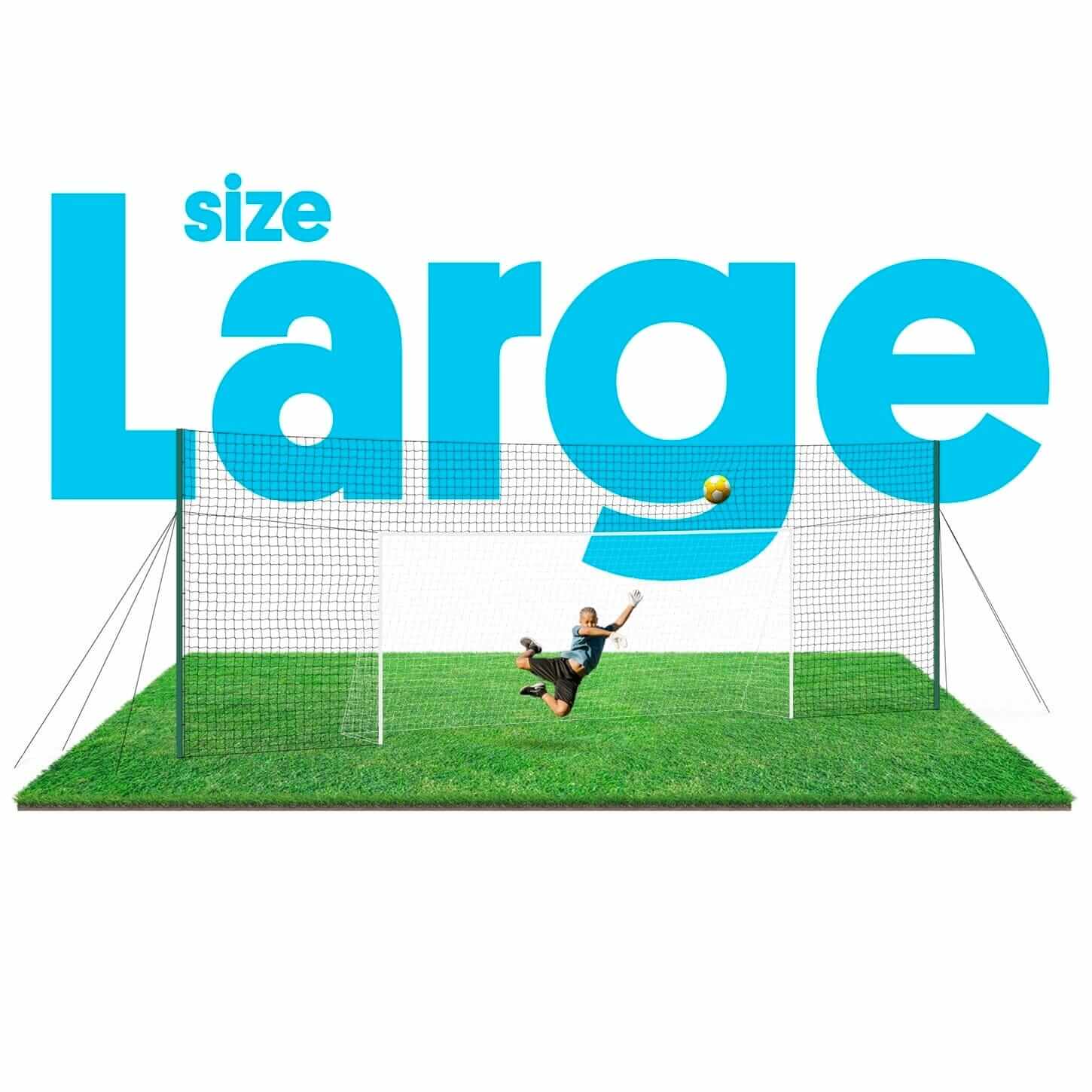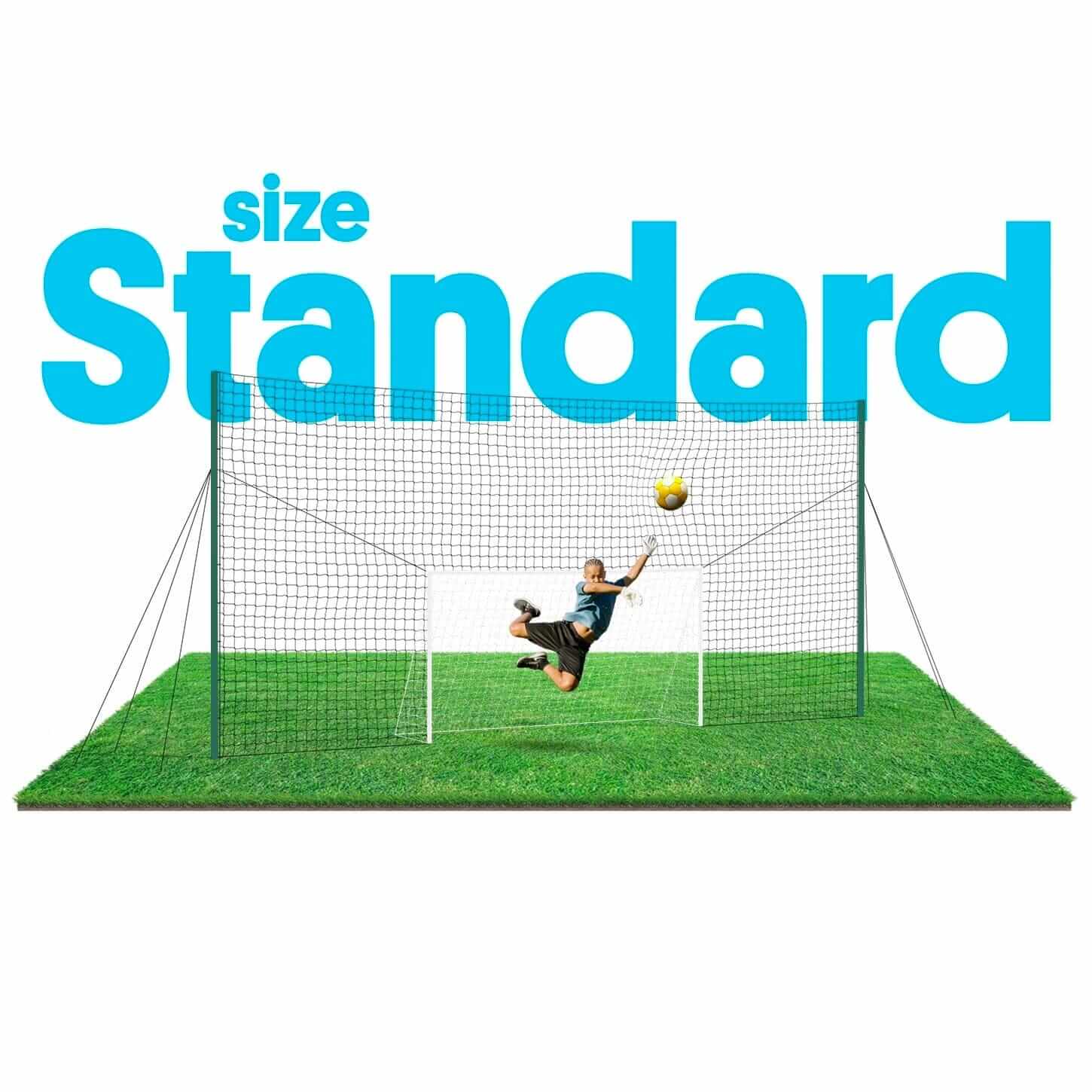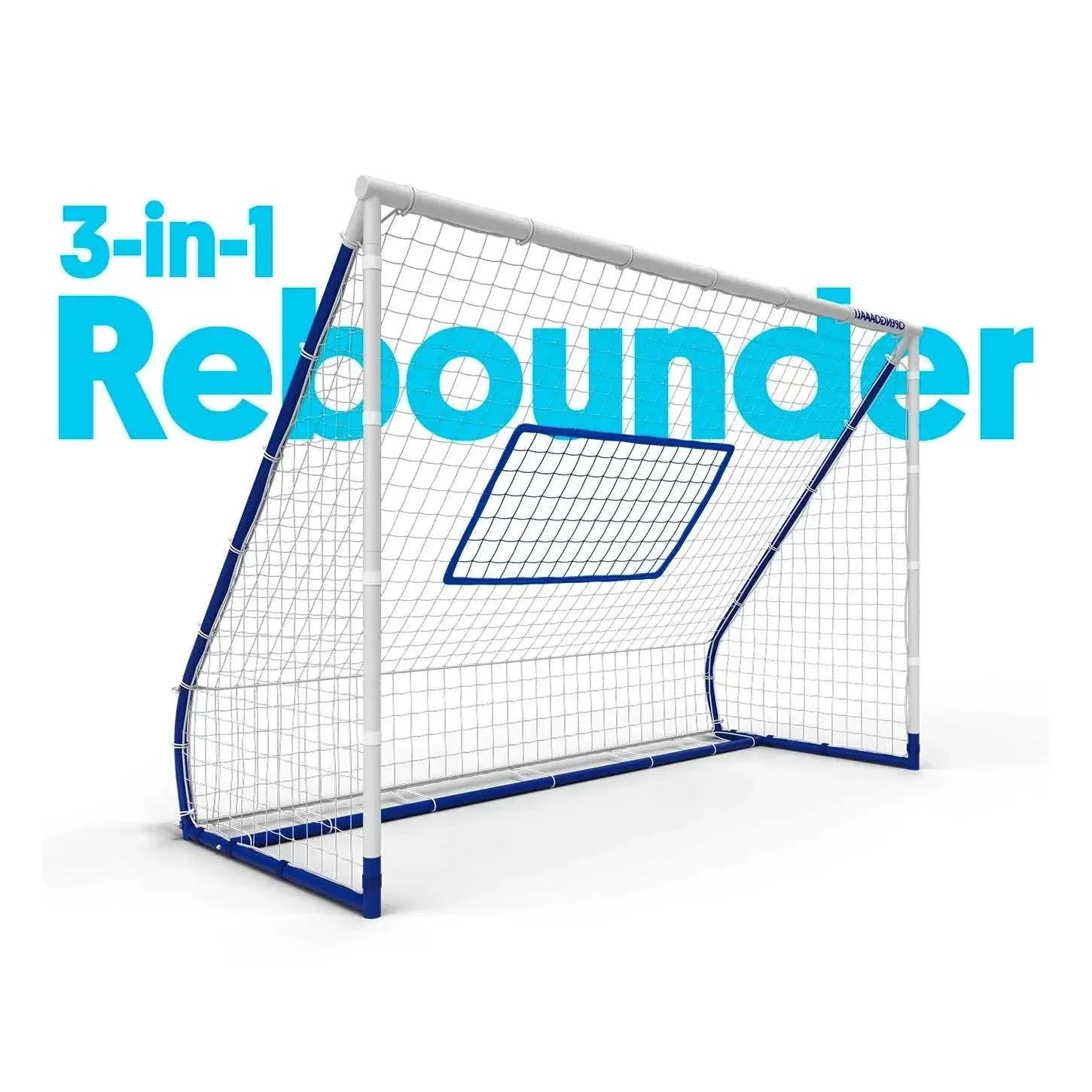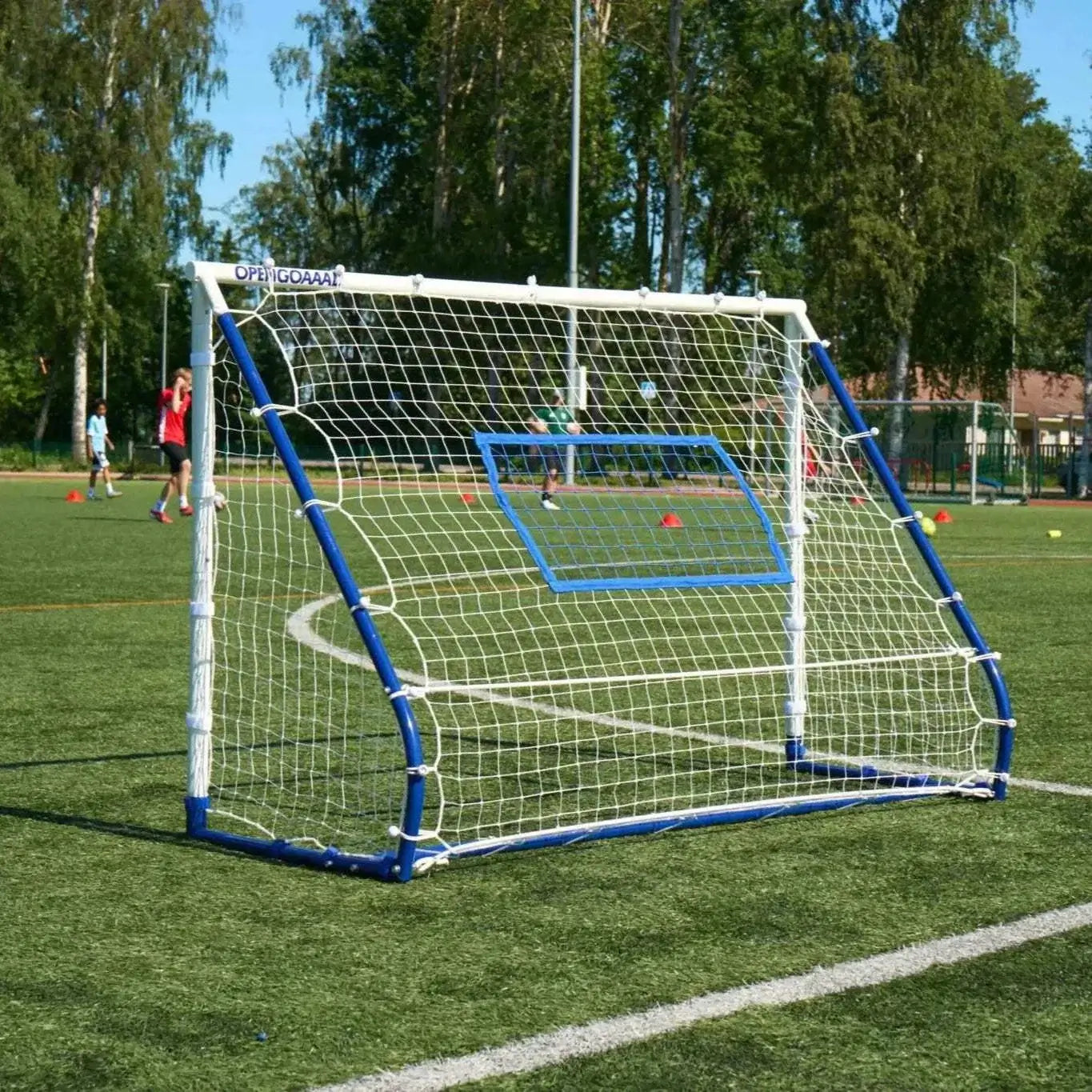In a 2018 study, 43% of the world’s population identified themselves as soccer fans, while more than 250 million people play the game on a regular, organized basis. The so-called “beautiful game” is the world’s most popular sport and shows no signs of slowing down, as it begins to make its mark in markets which have traditionally been resistant to its attractions.
There are several reasons why it is so popular.
At its essence, it is a straightforward game to play. While the organized game may have rules concerning offside, foul play, and handball, when played in the streets or the parks, people care little for these restrictions and often will play to their codes. And unlike many sports which are choreographed and decided by coaches, soccer teams, no matter how well-coached or organized, often have to improvise on the field, and cope with the unexpected.
It is also cheap to play. While teams that play in a league may require their players to invest in shirts, shorts, and football boots, there is very little equipment needed beyond this. And for the amateur, they do not even need that – just a few people, some space and a ball is all they need to start a game. And yet the ball can be a cheaply available substitute – some old rags, a tin can, a coconut. Whatever is to hand will do. Jumpers can be thrown down for goals, touchlines are imaginary or decided upon by consensus, and games can last as long as the light holds – and sometimes beyond.
Soccer is also very inclusive. It is played by people of all classes, and social backgrounds, men as well as women, ranging from the highly paid stars of the Premier League through to the Sunday morning park footballers, or the neighborhood kids playing a pick-up game.
And it is not just the most dominant sport as far as spectators and players are concerned. In 2018, some 3.6 billion people – that was more than half the population of the world aged four and above – tuned in to watch the World Cup finals at some stage. That makes it a huge event as far as advertisers and marketers are concerned.
The Hotbeds of Soccer
While a game that resembled soccer was first played by the ancient Chinese, the origins of the modern game developed in Medieval England, with games between rival villages that could last for days, involve hundreds of people, and often turn violent. It was banned for many years but, when restrictions were lifted in Victorian England, soccer clubs began to form, often as a social outlet for workers forced into the cities by the Industrial Revolution.
The Football League was founded in 1888 – the oldest league in the world – and the game began to spread across England, and then north of the border to Scotland as well. And, having invented the game in its current form, the British were responsible for spreading it throughout the world through expatriates who began to play it, and workers who were employed abroad. And international students who had studied in Britain also exported the game when they went back home again.
The first countries outside Britain to form football associations were the Netherlands and Denmark in 1889. They were followed two years later by New Zealand, and then Argentina and Chile followed suit. Switzerland, Belgium, and Italy soon joined them, followed by the likes of Germany, Uruguay, and Hungary.
FIFA (The Fédération Internationale de Football Association) was founded in Paris with seven founder members – France, Belgium, Denmark, the Netherlands, Spain, Sweden, and Switzerland. Germany signaled its intention to join the same day.
By 1908 soccer was an Olympic sport and the number of countries taking up the game increased, until the outbreak of the First World War put a temporary halt on proceedings.
However, on the resumption of peace, the spread of the game continued apace, and the first World Cup was held in Uruguay in 1930.
Today, soccer remains most popular in the countries where it first took root – Northern and Southern Europe, and Central and South America. It also has an avid following in Africa. There are three major markets where it has been slower to take off than anywhere else, though.
North America
Soccer fails to establish itself as a mainstream sport in North America for many years, although it was always popular within immigrant communities which imported the game from their native land. However, America, in particular, had their sports – American football, basketball, baseball, and ice hockey – and there seemed little room in the sporting calendar for soccer. A brief flirtation with the sport in the 1970s saw the glitzy North American Soccer League launched with global stars like Pelé and George Best featuring, but it soon foundered amidst financial problems.
However, soccer took off at grassroots level becoming very popular amongst children, and their parents, because it was much more accessible and cheaper to play than traditional American sports. And the success of the American Women’s team helped push the popularity of the game, especially after they won the 1999 World Cup on home soil.
Now the MLS has established itself, crowds have grown, and soccer is set to overtake baseball in terms of popularity in the US. A further boost to the sport came when the women retained the World Cup in France again, returning home as national heroines. And even Canada has begun to catch up, launching its own Premier League this year.
India
India and the sub-continent have been one of the markets most resistant to soccer, mainly because cricket is the dominant sport there. Despite this, football viewership in these countries has increased dramatically in recent years, primarily because younger people prefer the faster pace of the game compared to the somewhat longer and drawn-out format of cricket.
There is a domestic Indian Premier League, but, instead, what draws the viewers are the Premier League and other European League matches which are broadcast every weekend, and the Champions League which features the very best teams in the world.
China
The growth of soccer in China was restricted for many years by rigorous state control which banned everything Western from the country. With limited economic and political liberalism, and the embrace of the market economy, this has begun to change, and now the pace of adoption is set to accelerate even further with the country’s leadership set the goal of winning the World Cup title in 2018.
Conclusion
Soccer is the world’s most popular sport, both in terms of participation and spectators, whether measured by those who got to stadiums to watch their team in action or follow from afar on their televisions. While it remains most prevalent in those countries in Europe and South and Central America where it first originated, even those parts of the world previously immune to the charms of the beautiful game are beginning to catch up with the global demand.






























